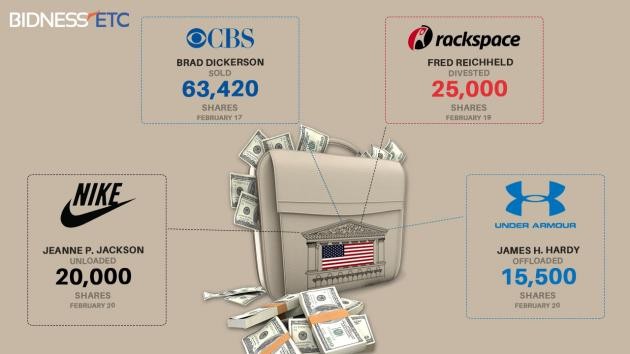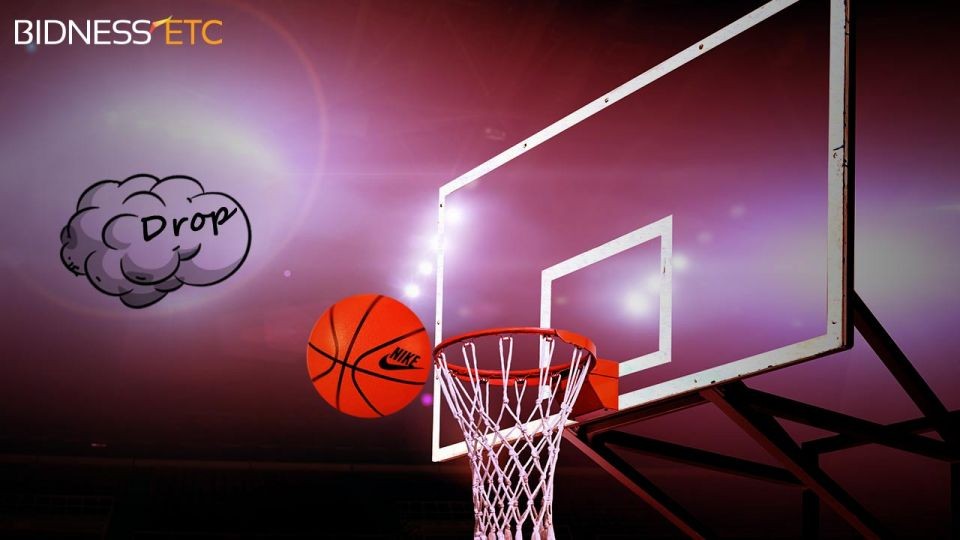Nike Inc (NKE)
Post on: 20 Май, 2015 No Comment

Analysis of Goodwill and Intangible Assets
Difficulty level: Advanced
Goodwill and Intangible Assets Accounting Policy
Nike performs annual impairment tests on goodwill and intangible assets with indefinite lives in the fourth quarter of each fiscal year, or when events occur or circumstances change that would, more likely than not, reduce the fair value of a reporting unit or an intangible asset with an indefinite life below its carrying value. Events or changes in circumstances that may trigger interim impairment reviews include significant changes in business climate, operating results, planned investments in the reporting unit, planned divestitures or an expectation that the carrying amount may not be recoverable, among other factors. Nike may first assess qualitative factors to determine whether it is more likely than not that the fair value of a reporting unit is less than its carrying amount. If, after assessing the totality of events and circumstances, Nike determines that it is more likely than not that the fair value of the reporting unit is greater than its carrying amount, the two-step impairment test is unnecessary. The two-step impairment test first requires Nike to estimate the fair value of its reporting units. If the carrying value of a reporting unit exceeds its fair value, the goodwill of that reporting unit is potentially impaired and Nike proceeds to step two of the impairment analysis. In step two of the analysis, Nike measures and records an impairment loss equal to the excess of the carrying value of the reporting unit’s goodwill over its implied fair value, if any.
Nike generally bases its measurement of the fair value of a reporting unit on a blended analysis of the present value of future discounted cash flows and the market valuation approach. The discounted cash flows model indicates the fair value of the reporting unit based on the present value of the cash flows that Nike expects the reporting unit to generate in the future. Nike’s significant estimates in the discounted cash flows model include: its weighted average cost of capital; long-term rate of growth and profitability of the reporting unit’s business; and working capital effects. The market valuation approach indicates the fair value of the business based on a comparison of the reporting unit to comparable publicly traded companies in similar lines of business. Significant estimates in the market valuation approach model include identifying similar companies with comparable business factors such as size, growth, profitability, risk and return on investment, and assessing comparable revenue and operating income multiples in estimating the fair value of the reporting unit.

Indefinite-lived intangible assets primarily consist of acquired trade names and trademarks. Nike may first perform a qualitative assessment to determine whether it is more likely than not that an indefinite-lived intangible asset is impaired. If, after assessing the totality of events and circumstances, Nike determines that it is more likely than not that the indefinite-lived intangible asset is not impaired, no quantitative fair value measurement is necessary. If a quantitative fair value measurement calculation is required for these intangible assets, Nike utilizes the relief-from-royalty method. This method assumes that trade names and trademarks have value to the extent that their owner is relieved of the obligation to pay royalties for the benefits received from them. This method requires Nike to estimate the future revenue for the related brands, the appropriate royalty rate and the weighted average cost of capital.
Source: Nike Inc. Annual Report














